The following links can be used to access videos related to our project...
Final Presentation Video
https://drive.google.com/open?id=1P5icCjOM0kk32vqfPv54V5IbKkrnPn1Z
Project Demonstration Video
https://drive.google.com/open?id=1uB6J3WNWfwTFQ6hGoxX8WPGmXahOR9xL
 Steven
Steven



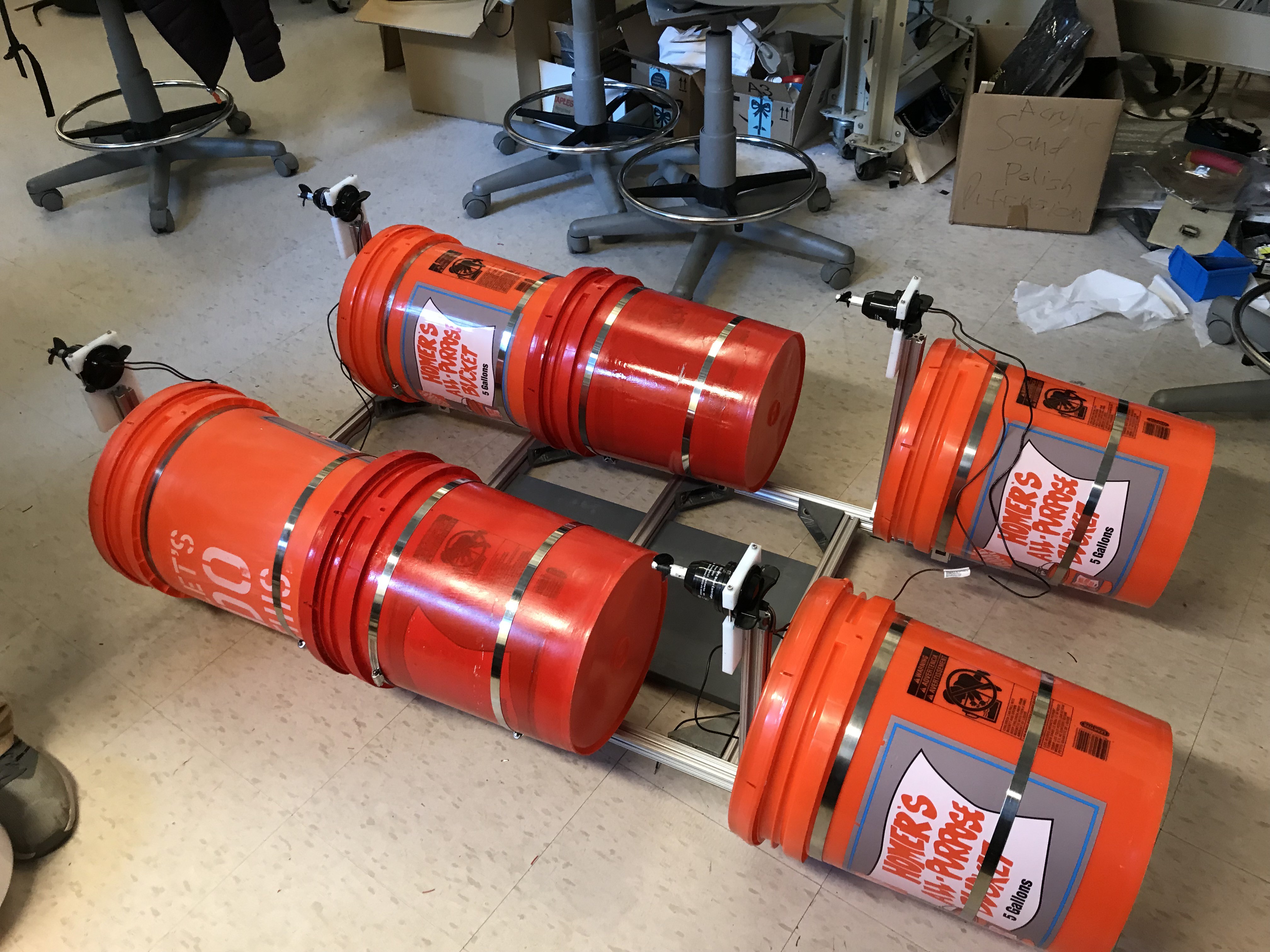

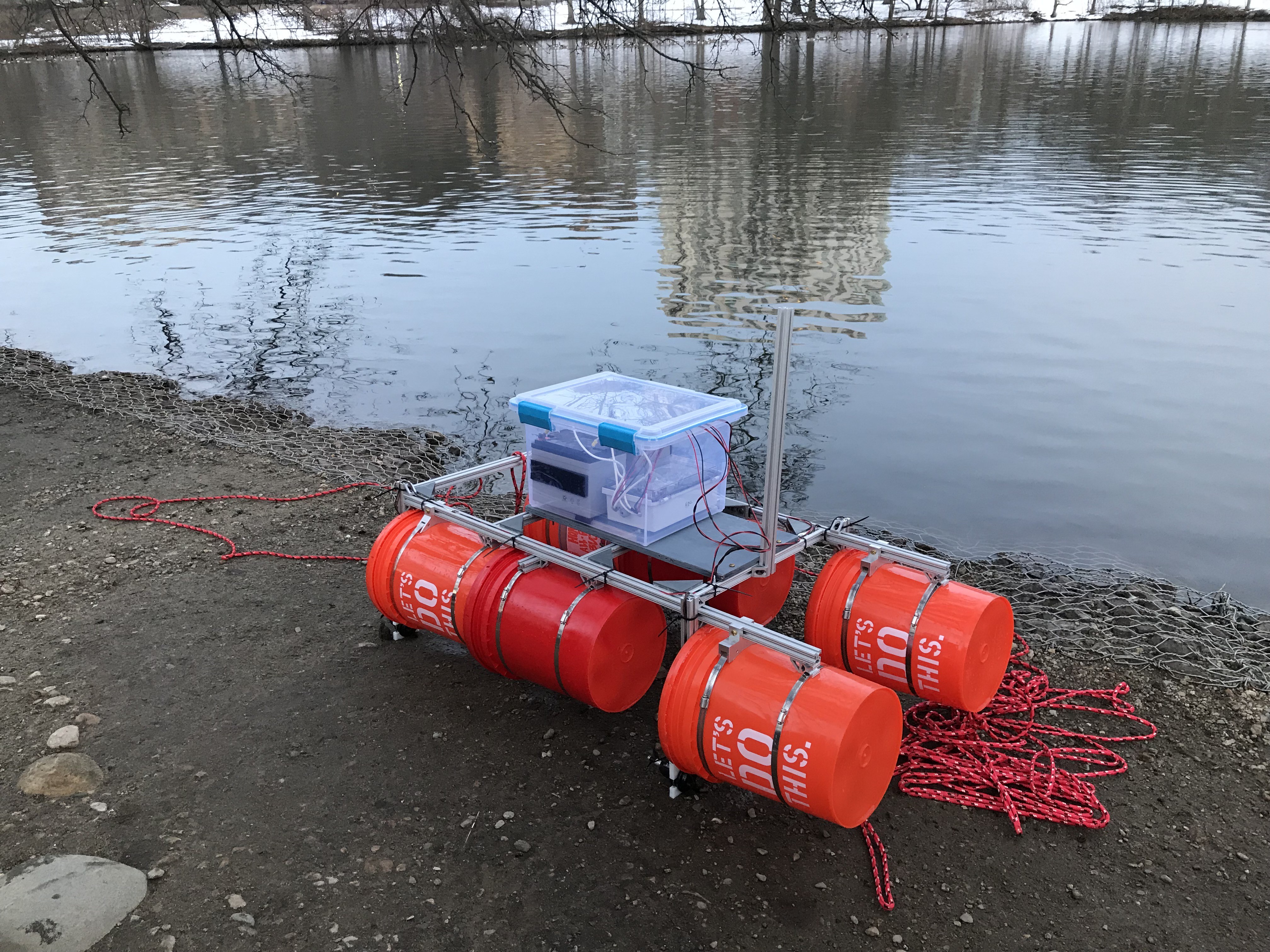

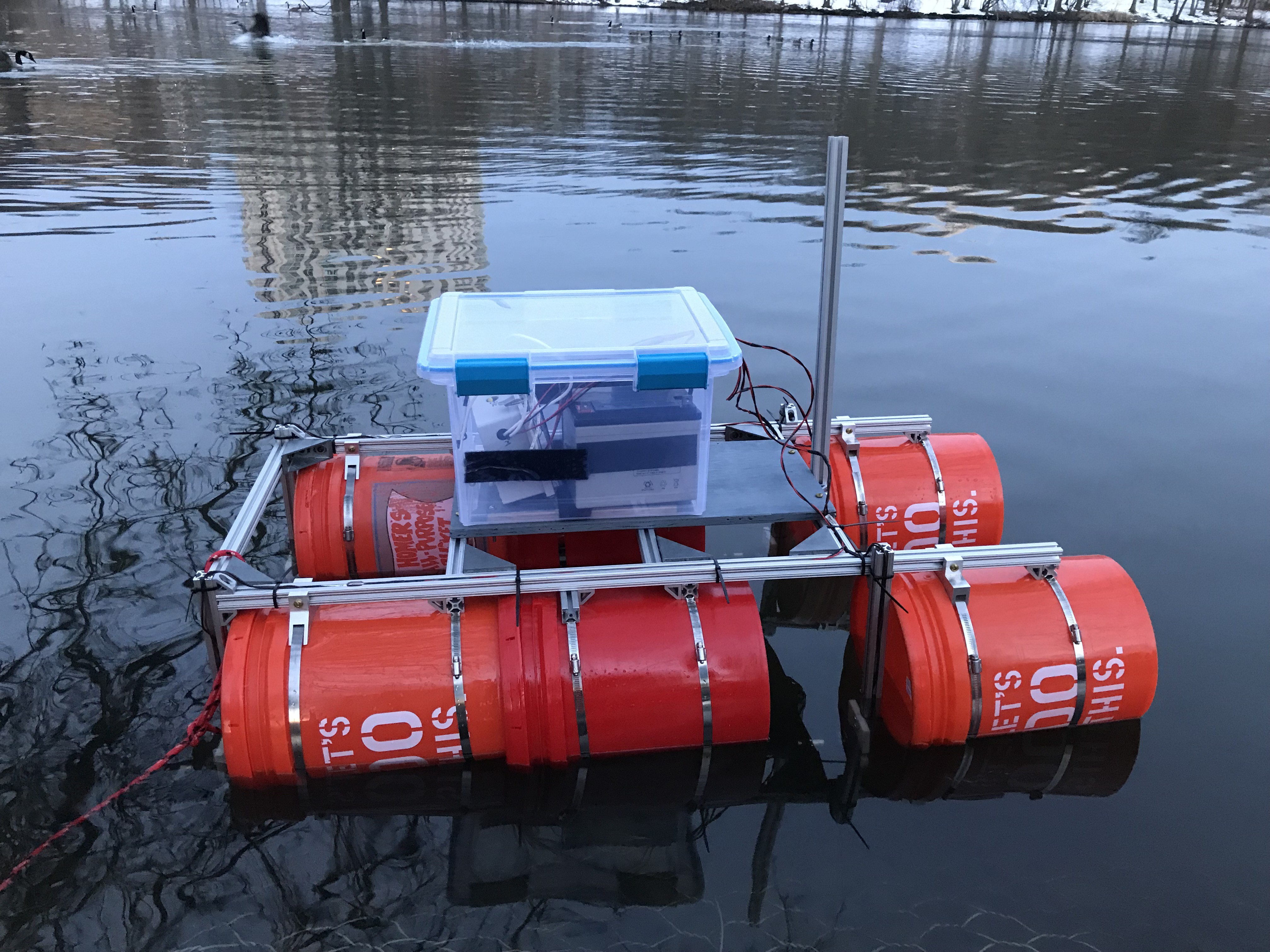



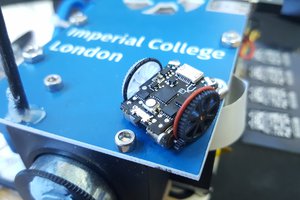
 Joshua Elsdon
Joshua Elsdon
 Pato Montalvo
Pato Montalvo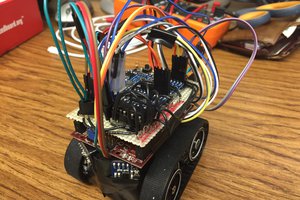
 andrew.powell
andrew.powell
 Aleksandar Bradic
Aleksandar Bradic
I did an autopilot for a commercial robotic boat shaped like yours 10 years ago, and the software rights have recently reverted to me so I would like to open source them. Do you want a copy